Javascript
-


Keyup and Keydown Event Handlers in Vue 3
Sep 04, 2022 by Lane WagnerI recently spent far too long fighting with Vue’s keyup and keydown functionality while building Boot.dev’s front-end. I wanted to handle ctrl+period keyboard events and it took me forever to find the part of the documentation that addressed my use case. Hopefully, this guide can save you some time!
-


8 Best Ways to Learn JavaScript, Personalized
Feb 05, 2022 by Meghan ReichenbachJavaScript is undoubtedly one of the best languages to learn as a developer, whether you’ve been at it for years or are just starting out. More than 97% of today’s websites are powered by JavaScript. Regardless of what field you work in, you’ll likely be exposed to JavaScript at some point, as the language is firmly entrenched in the online world.
-


How Long Does It Take To Learn JavaScript? (& How To Learn Fast)
Feb 05, 2022 by Zulie RaneA good programming language is one that newcomers can learn fast. This is one of the reasons why JavaScript is so popular – it’s possible to learn Javascript quickly and with minimum fuss.
-


Top 4 Practical Uses of JavaScript
Jan 30, 2022 by Zulie RaneJavaScript is one of the most versatile programming languages, maybe even more flexible than Python. JavaScript is used on both the front and back end of web systems. Because of that, of the 1.8 billion websites in the world, 95% of them use JavaScript. It’s hard to interact with the modern Internet, with its pretty graphics and interactive maps, without using JavaScript. Enable Marketing says the top four qualities of a visually appealing website are design and color, graphics and visuals, usability, and consistency. JavaScript is a major player in all four of those attributes.
-


JavaScript vs C++: 3 Factors To Choose Which Is Best For You
Jan 22, 2022 by Zulie RaneEvery coder is told to learn JavaScript, seeing that it’s the foundation of the world wide web. And… every coder is taught that C++ is one of the most useful modern coding languages to learn. So no matter if you’re brand new to the coding world, or you have a few languages under your belt, you might be wondering whether you should tackle JavaScript vs C++ for your first (or next) language.
-
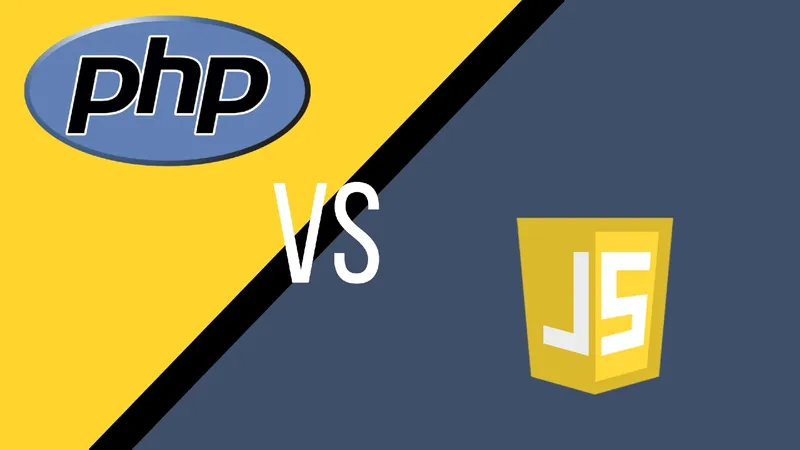

PHP vs JavaScript: Which is Best for Web Development?
Nov 10, 2021 by Meghan ReichenbachWhen comparing programming languages, it’s not often that you come across two that actually work well together, but that happens to be the case when it comes to PHP and JavaScript.
-
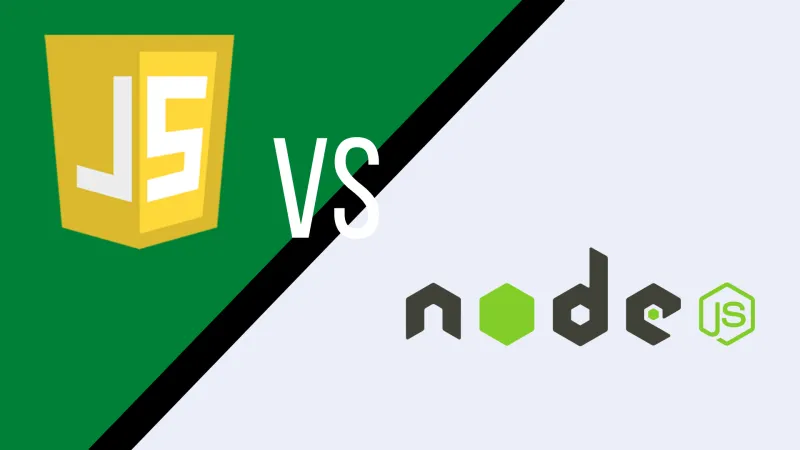

Node.js vs JavaScript: The Low-Down
Nov 09, 2021 by Zulie RaneSo you’re a fan of web development? Great! You’re probably already familiar with JavaScript (if not, check out our JavaScript course here) and may have heard of Node.js as well. But which one is better, and how are they different? When should you pick Node.js vs JavaScript?
-
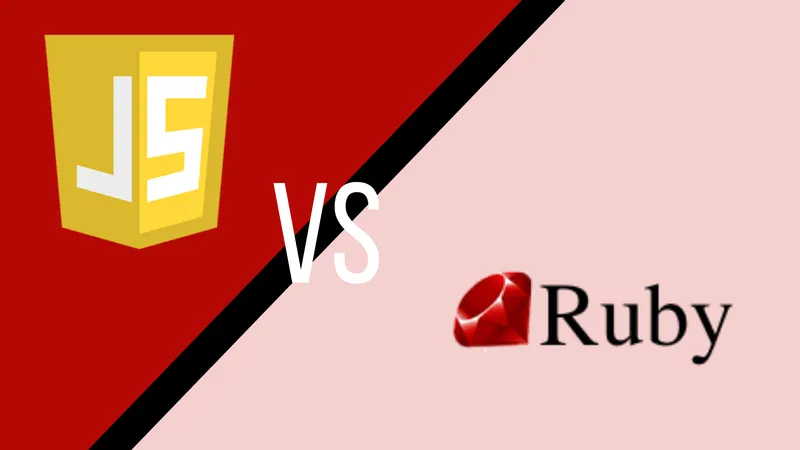

Ruby vs JavaScript: Which Language Should You Learn First?
Nov 05, 2021 by Meghan ReichenbachWhen broken down into core features – like programming style and code execution – JavaScript and Ruby seem deceivingly similar, but there are a few constitutional differences.
-


19 Simple JavaScript Projects for Beginners [Updated for 2025]
Oct 08, 2021 by Zulie RaneReally good JavaScript projects for beginners can be tough to find. Sometimes they’re too hard, or assume too much prior knowledge. Sometimes they’re actually too easy, and don’t push you to develop any solid JavaScript skills. (Cough cough, that tic-tac-toe game I know you’ve probably seen recommended about a thousand times by now.)
-
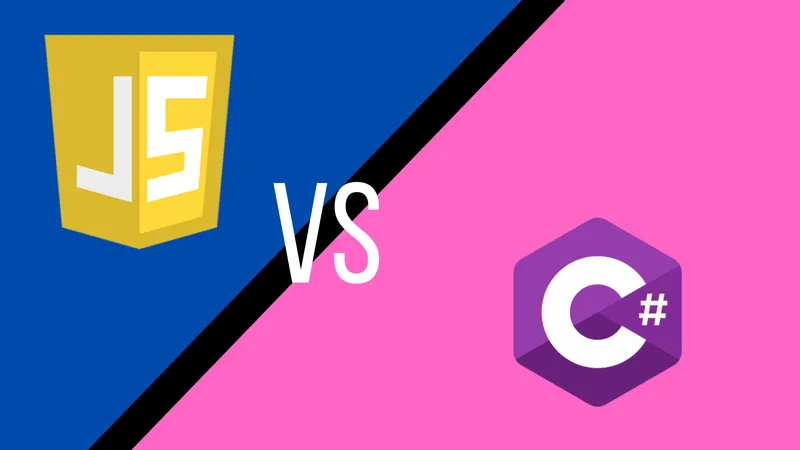

C# vs JavaScript: Choosing the Best Language for You
Oct 07, 2021 by Meghan ReichenbachJavaScript (JS), once regarded as simply a “glue language”, has gone on to become the most popular programming language in the world.
-
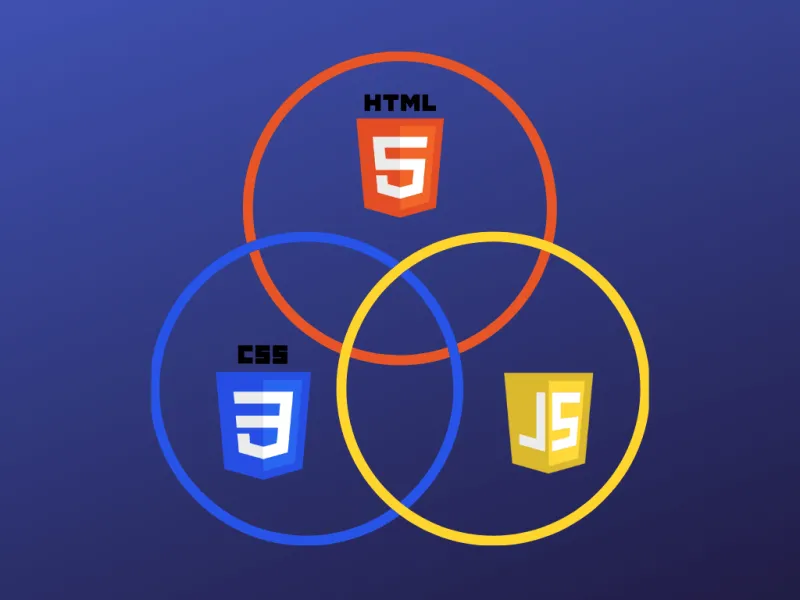

HTML vs CSS vs JavaScript Explained
Sep 27, 2021 by Jamie DunmoreHTML, CSS, and JavaScript are the most important tools in your arsenal for all your web design escapades. Rather than compete, they complement and augment each other, and their power expounds when they’re combined – like internet Power Rangers.
-
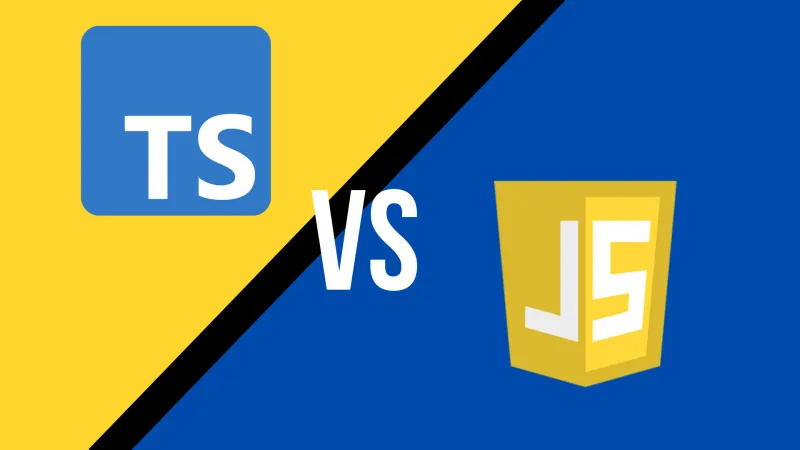

JavaScript vs TypeScript: What's the Difference?
Sep 06, 2021 by Meghan ReichenbachWhether you’re new or old to the computer science community, you’ve probably asked yourself, “What is TypeScript?” and if you haven’t, it won’t be long before you do.
-
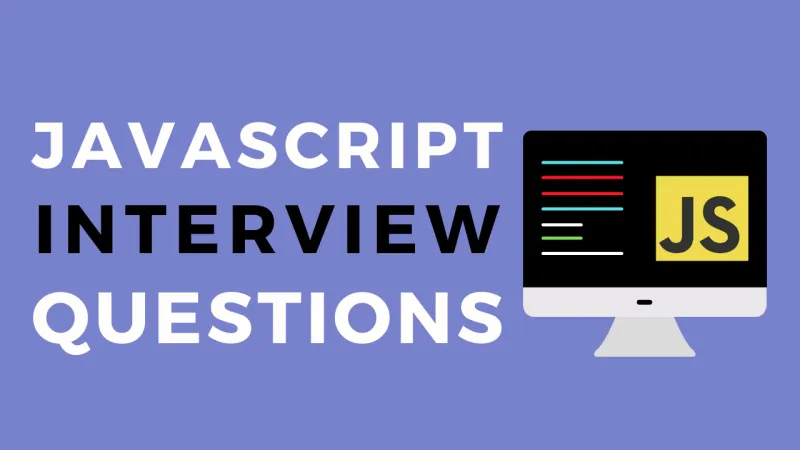

Top 20 Entry-Level JavaScript Interview Questions
Jul 29, 2021 by Jamie DunmoreVersatile, powerful and ever-present, JavaScript is the world’s most used programming language (for eight years and counting!) and shows no signs of slowing down. Check out these 20 practice interview questions for JavaScript! If you’re on the job-hunt for an entry-level position, read on.
-


7 Critical Reasons Beginner Programmers Should Learn JavaScript in 2022
May 25, 2021 by Zulie Rane“Why learn JavaScript?” I asked my sister when she was in college and starting to pick up the fundamentals of JavaScript. “Isn’t it ancient? Do people still use it?”
-
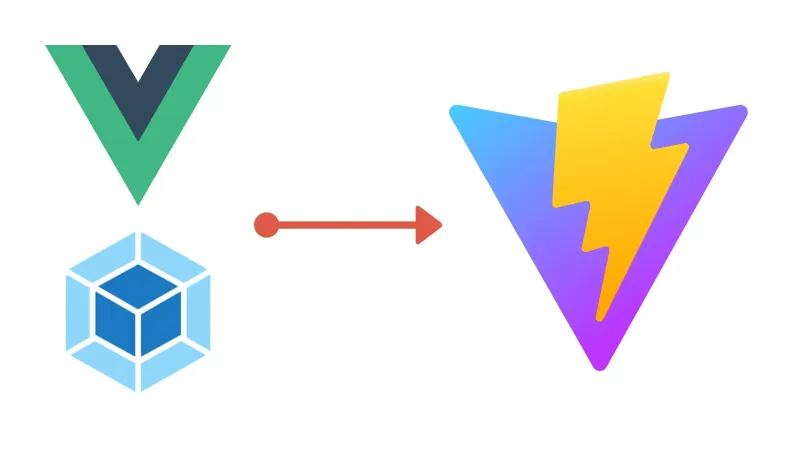

Migrating From Vue-CLI & Webpack to Vitejs
Apr 26, 2021 by Lane WagnerBoot.dev’s web app that hosts all of my coding courses is a single-page application written in Vue 2, with plans to migrate to Vue 3 soon™©®. In the meantime, I happened across a cool new tooling app called Vite that promised a few things that caught my attention.
-


Converting an Array to a JSON Object in JavaScript
Dec 21, 2020 by Lane WagnerJSON, or “JavaScript Object Notation”, is a highly popular data exchange format that’s widely used in web development. In this post, we’ll explore several simple methods for converting a JavaScript array into JSON data. Plus, we’ll discuss the benefits of using JSON and how it can help improve your web development projects.
-
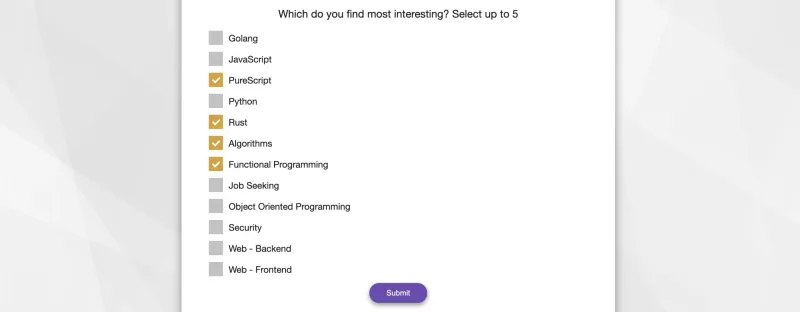

How to Create a Custom Checkbox Form in Vue
Nov 25, 2020 by Lane WagnerYou have a problem. The browser’s default checkbox form is ugly and outdated, but importing an entire library just to change the styling seems like overkill. Instead, let’s build a custom checkbox form component from scratch. It will take 15 minutes to type up, or just 3 if you just copy and paste my boilerplate code.
-
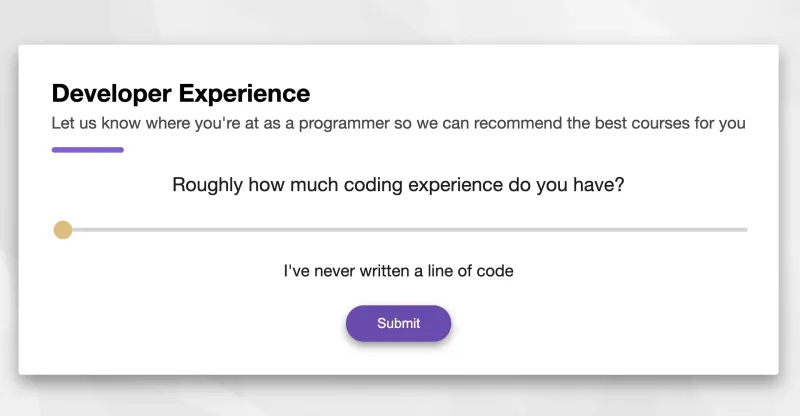

How to Make a Custom Slider Component in Vue
Nov 24, 2020 by Lane WagnerCreating a custom slider component can be tricky, especially if you want to create a lean standalone Vue component. In this quick article, you’ll learn how to build a fully customizable slider component in Vue. Feel free to swap out the majority of the CSS to get the styling you want, but I’ll give you a good jumping-off point.
-
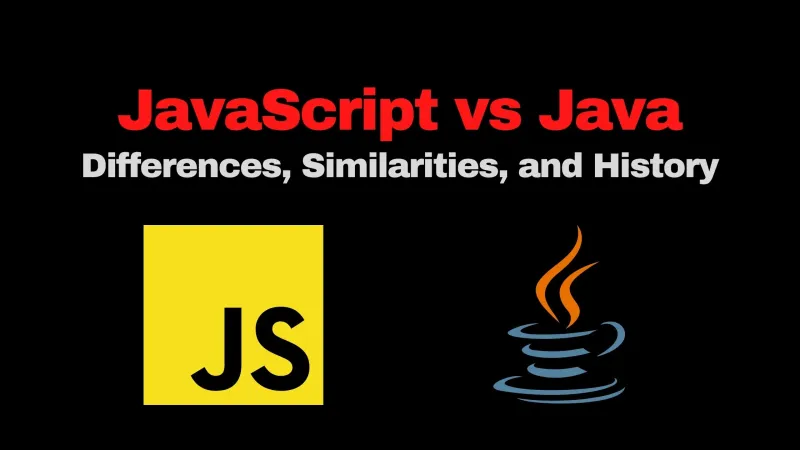

JavaScript vs Java - Differences, Similarities, and History
Nov 06, 2020 by Lane WagnerThe naming of Java and JavaScript confuses many new programmers. They sound so similar, so one might think they have the same use-cases, similar properties, or maybe the same company created both languages. None of those assumptions are true! JavaScript is primarily used as a front-end in-the-browser language, like how we use it for boot.dev’s courses. Java has been used for everything from games, to desktop apps, to backend APIs. Let’s go over the differences between JavaScript vs Java in this quick read.
-


How to Make a Simple Vue Custom Select Component
Sep 25, 2020 by Lane WagnerCreating a custom select tag with its own styling is notoriously difficult. Sometimes it’s impossible to build from scratch without a combination of styled divs and custom JavaScript. In this article, you’ll learn how to create a custom select component in Vue that can be easily styled with your own CSS. In fact, it’s the same component we use in production on boot.dev, and you can see it in action on our JavaScript playground.
-
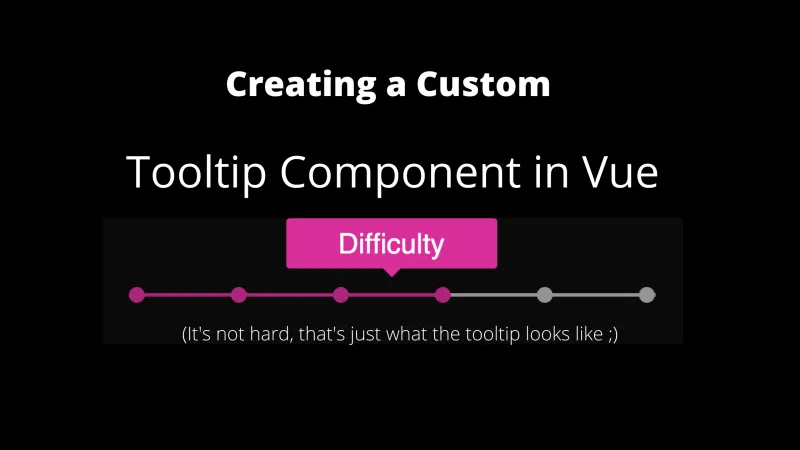

Creating a Custom Tooltip Component in Vue
Aug 28, 2020 by Lane WagnerThere are plenty of libraries out there that will have you up and running with a good tooltip solution in minutes. However, if you are like me, you are sick and tired of giant dependency trees that have the distinct possibility of breaking at any time. For that reason, we’re going to build a custom single file tooltip component that you can build yourself and tweak to your heart’s content. It might take 15 minutes instead of 3… sorry about that.
-


HLS Video Streaming with Node.JS - A Tutorial
Jul 28, 2020 by Lane WagnerIn this quick tutorial, we’ll build a robust video (or music) streaming API using Node JS. Don’t worry, it’s surprisingly easy since we will be utilizing a modern protocol, HTTP Live Streaming, or HLS.
-
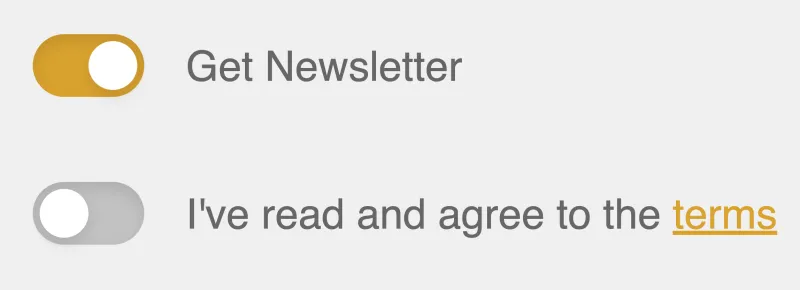

How to Create a Custom Toggle Switch Component in Vue.js
Jul 21, 2020 by Lane WagnerCustom toggle switches are a pain to code from scratch. So many lines for such a simple UI widget! In this quick tutorial, we will learn how to build a fully encapsulated toggle switch component in Vue.js. The component we’re building is used currently on boot.dev’s login page. Go take a look to see a live demo.
-


Vue History Mode - Support Legacy Hash URLs
Jul 15, 2020 by Lane WagnerWhen we first launched the boot.dev’s single-page-app, we were using Vue Router’s default hash routing. Hash routing looks ugly to the end-user, and when you want to be able to share parts of your app via direct link those hashes can get really annoying.
-


How to Rerender a Vue Route When Path Parameters Change
Jul 07, 2020 by Lane WagnerIn single-page apps that use the Vue Router, it’s common to create a path parameter that changes the behavior of a route. Often a problem occurs however when a user alters the path manually in the address bar. Manually changing the URL does not rerender the view! This can cause unexpected behavior because mounted() hooks don’t fire and nested components don’t reload.